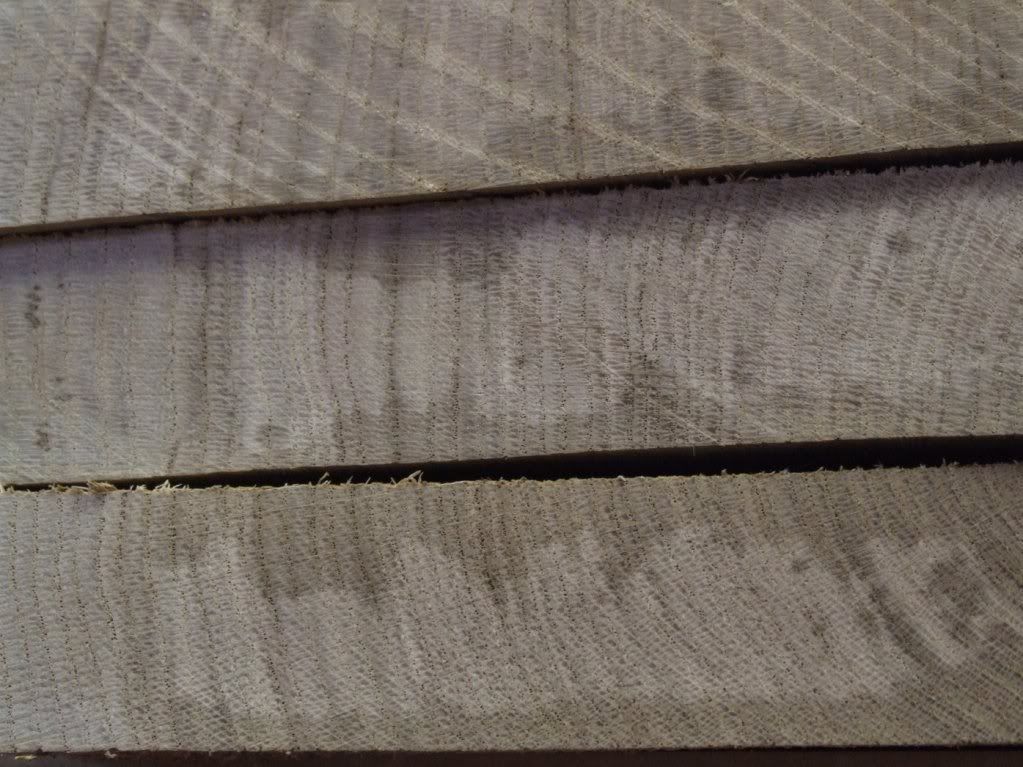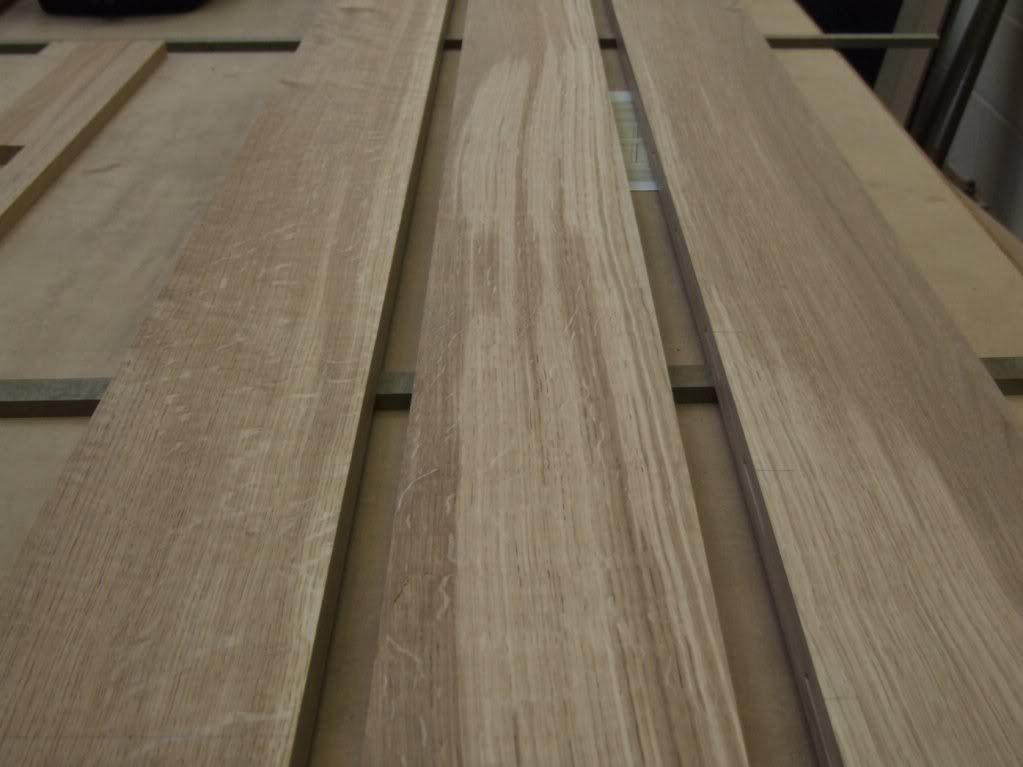OPJ
Established Member
I'm not sure I've actually worked with truly air-dried timber yet... I usually buy all my wood from Interesting Timbers near Bath. Only time I look elsewhere is when they don't have it in stock! Generally, the quality of the stuff I've had from them has been very good. Most of their stock is claimed to be air-dried but I think that, like a lot of other yards, it's spent a small time in the kiln towards the end of the drying cycle, if only to bring the moisture content down a few weeks early so they can start to sell it and satisfy demand.
I think that regardless of whether the timber you buy is air or kiln-dried, it's important to understand that when you cut in to a wide board, it's going to have a higher moisture content on the inside and you should be aware of that when working it.
I think that regardless of whether the timber you buy is air or kiln-dried, it's important to understand that when you cut in to a wide board, it's going to have a higher moisture content on the inside and you should be aware of that when working it.




































